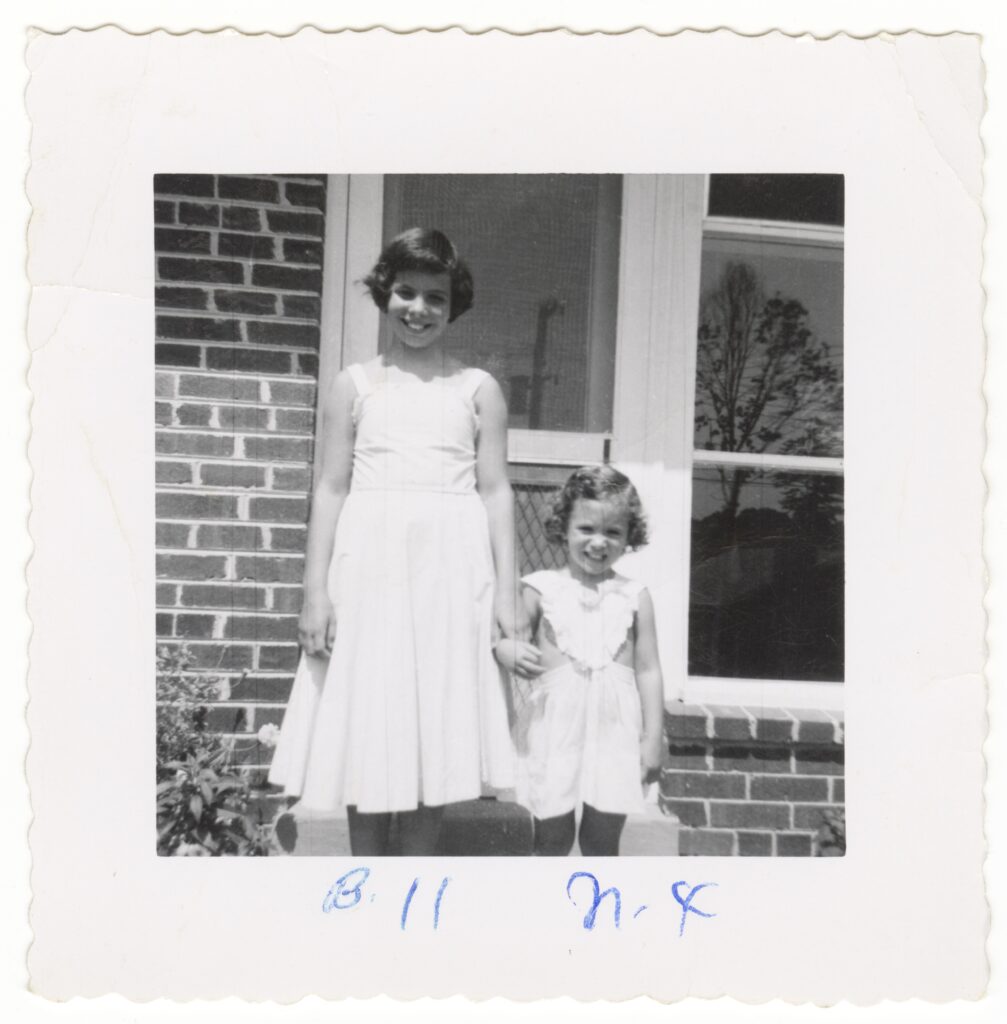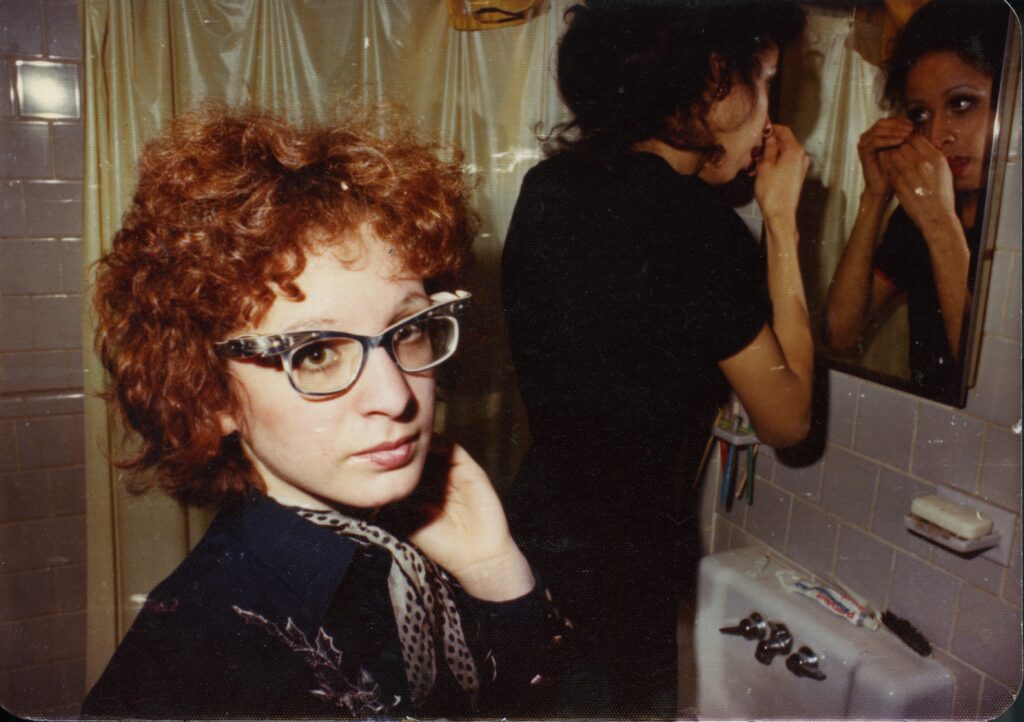New doc about Nan Goldin offers startling insight into AIDS, opioid crisis
All the Beauty and the Bloodshed is an incredible documentary that spans multiple time threads and locations: from the American opioid crisis of today, to the AIDS epidemic years in New York, to the stultifying childhood of a queer artist in the Boston suburbs.
The film, directed by Oscar winner Laura Poitras, intertwines several threads of the life of renowned queer photographer Nan Goldin. Goldin’s images became famous in the 1980s and ’90s because of their raw, intimate, violent, expressive depictions of real people living their lives, and loving, especially in the punk/ No Wave New York City Downtown arts scene of the late 1970s and 1980s. The documentary uses Goldin’s images: her photos and slideshows, notably the legendary Ballad of Sexual Dependency, and raw footage, with voice over narration by Goldin herself — which is penetrating, spare, true.
Intertwined with her own images and recollections are interconnected narratives of her activism: from the early days of Act Up to her recent efforts through P.A.I.N. to bring down the Sackler family, who were behind Purdue Pharma, a drug company credited with causing the opioid crisis that has blighted America since the 1990s and caused upwards of 500,000 deaths through widespread overdoes from the fiercely addictive drug, OxyContin.
The film weaves together multiple narratives about surveillance and addiction: the establishment’s sluggish response to reject money from the Sacklers who have given to just about every major art gallery in the world including the Met and the Guggenheim is paralleled with the lack of action from the establishment during the AIDS crisis and the defunding of the NEA; the government’s acquiescence to billionaires who perpetrate crimes on an unsuspecting public while sex workers and drug addicts, artists and queer folks are mercilessly persecuted; and these are counterpointed with Goldin’s own parents who pasted over family dysfunction with a suburban fantasy and institutionalization that proved to be fatal.

Goldin highlights the vital link between art and activism, suffering and selfhood. Her pictures and film footage from the AIDS epidemic in which she recounts the deaths of many of her friends and subjects such as David Wojnarowicz, Cookie Mueller, and many more, are invaluable and must be experienced by those who were not there to understand the gravity of this period of American history.

With total candor, Goldin talks of her own battle with addiction, her addiction to drugs, to sex, and to making images…and shows through her work how pain and suffering can be converted into art and love. The work of P.A.I.N. is at the heart of this film: the acronym for Goldin’s group to address the opioid crisis — (Prescription Addiction Intervention Now). At the root of the entire narrative is Goldin’s relationship to her sister, Barbara, whose diaries expressed that she was bisexual, interested in people different than her, but whose parents had her repeatedly institutionalized until she committed suicide. The title of this film comes from the suicide note Barbara typed and placed in her pocket before she laid down on some train tracks.
Academy Award®-winning filmmaker Laura Poitras is absolutely masterful in her ability to connect the dots in a life as sprawling and epically, vigilant, messy and groundbreaking as Goldin’s.
All the Beauty and the Bloodshed is now showing in theatres. Find a screening near you.






